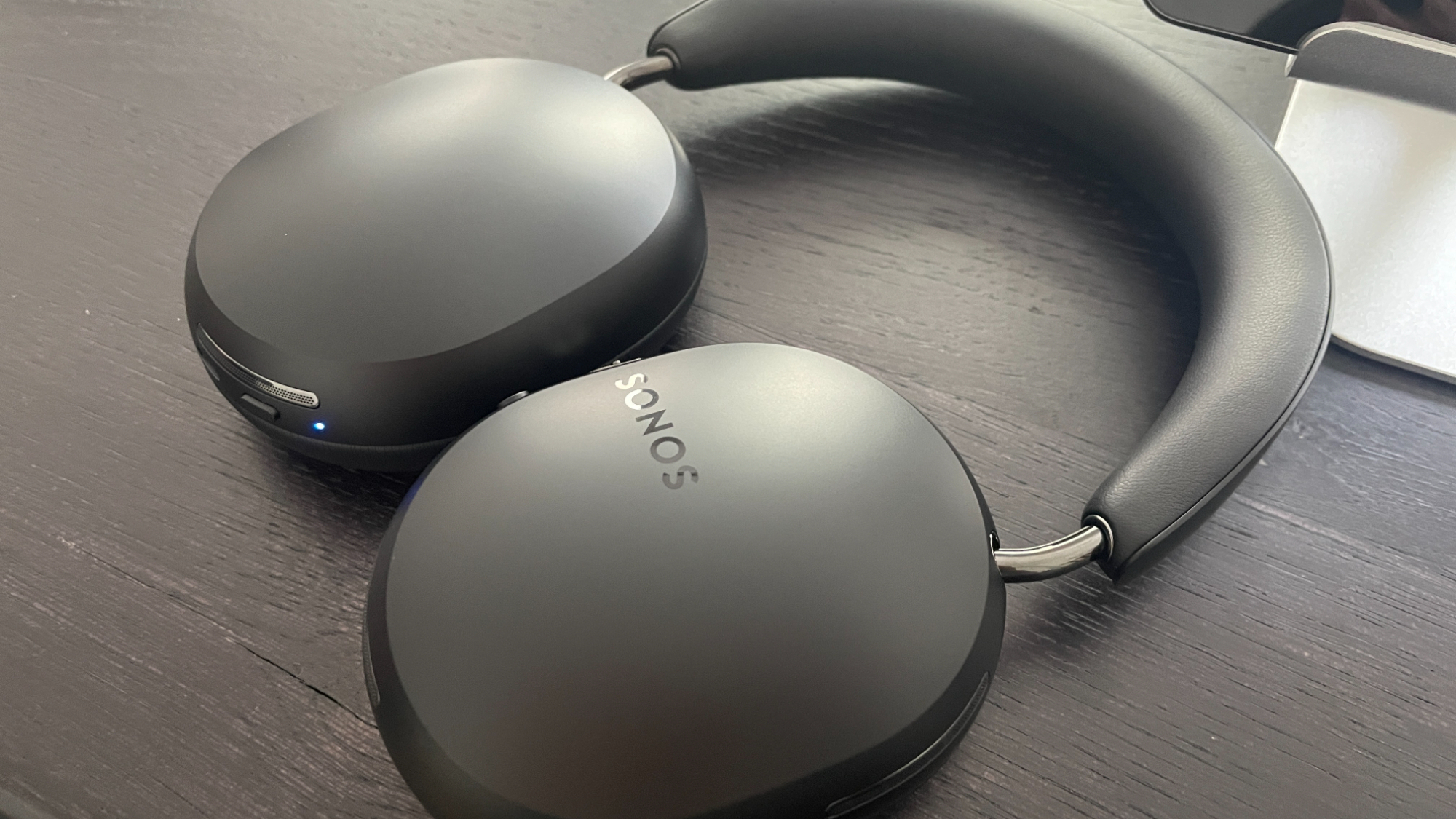
With the ever-growing popularity of wireless headphones, speakers, systems and wearable devices, Bluetooth is more common than ever – if you don't believe us, just ask the Bluetooth Special Interest Group (SIG), who estimate a whopping 7 billion Bluetooth devices will ship worldwide during 2026, which is nearly 2 billion more than in 2022. Staggering.
Bluetooth has been around for nearly 25 years now (yes, we feel old too) and its introduction was originally meant to pave the way for the removal of those large, nine-pronged RS-232 serial ports on devices.
These days, there's a Bluetooth chip squirrelled away in almost every piece of mobile or stationary tech you own. Good news, then, that the technology is continually improving. Bluetooth LE (which joined the party with Bluetooth 5.2 – more on this below), 5.0, 5.1, 5.2, 5.3 and now 5.4 are more powerful than ever, with enormous potential for the Internet of Things and wireless music listening alike.
If you're considering a Bluetooth device but you aren't sure which version of Bluetooth you require – or whether those numbers even matter – read on.
What is Bluetooth 5.0?
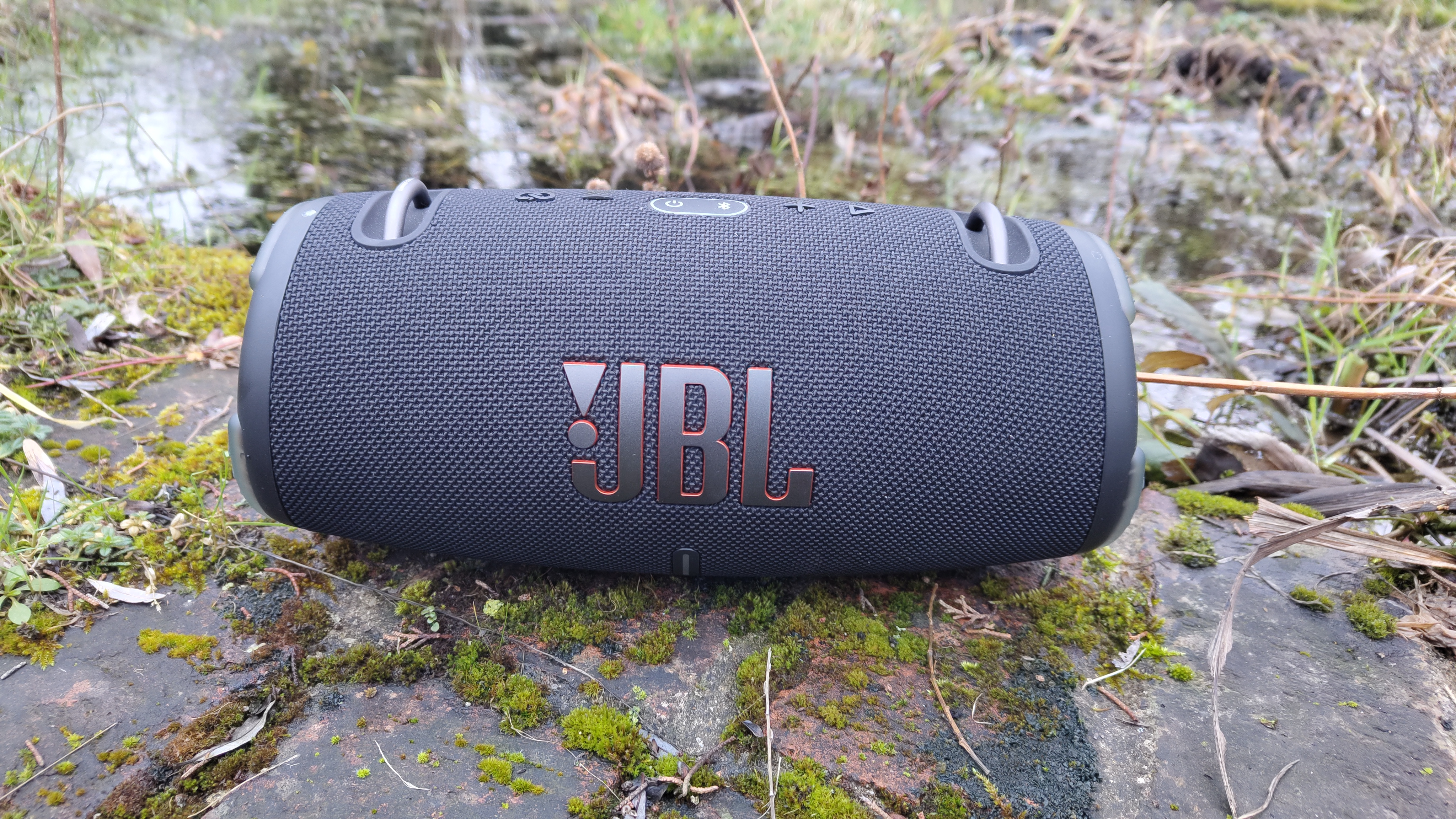
Bluetooth 5.0 is the latest umbrella iteration of Bluetooth, the wireless, close-range technology found in smartphones, smartwatches, tablets, wireless headphones and speakers, laptops, desktop computers and more.
Bluetooth, as you probably know, lets your devices talk to each other wirelessly without an internet connection – as long as they're relatively close by. It also lets you ping tunes from your music source (often, this is your smartphone) to a wireless speaker so you can listen to music out loud at home, in the park or on the beach.
For the purposes of this piece, we're glossing over early iterations of Bluetooth, because if you're shopping for a new budget-friendly speaker or set of wireless earbuds today, the oldest version of Bluetooth you're likely to see on the spec-sheet is 4.2, which was released in 2014. Although an older variant, it is still found in some quality products, often as a secondary option to streaming over wi-fi – see the What Hi-Fi? Award-winning Audio Pro Addon C10 MkII.
From v4.2, we move to Bluetooth 5.0 (released in 2016), version 5.1 (January 2019), version 5.2 (December 2019), Bluetooth 5.3 (July 2021) and Bluetooth 5.4 (February 2023). Bluetooth 5.4 might be the latest version, but for fans of wireless music, its benefits are negligible. Bluetooth 5.3 was more significant, with greater energy efficiency (meaning longer battery life), a more stable wireless connection over long ranges, and less interference. Bluetooth 5.3 is also more common – you'll find it in such excellent devices as the iPhone 16 family, Bose QuietComfort Ultra Earbuds, and Apple AirPods Pro 2. Whereas we've seen Bluetooth 5.4 in only a few products, including the Sonos Ace and Sennheiser Momentum True Wireless 4 wireless headphones, and some Victrola turntables.
Despite launching in 2021, Bluetooth 5.3 isn't standard on more recent devices – the Sony WH-1000MX5, Apple HomePod 2 and Ultimate Ears Wonderboom 3 all run Bluetooth 5.2 or earlier. So check before you buy.
What does Bluetooth 5.0 mean?
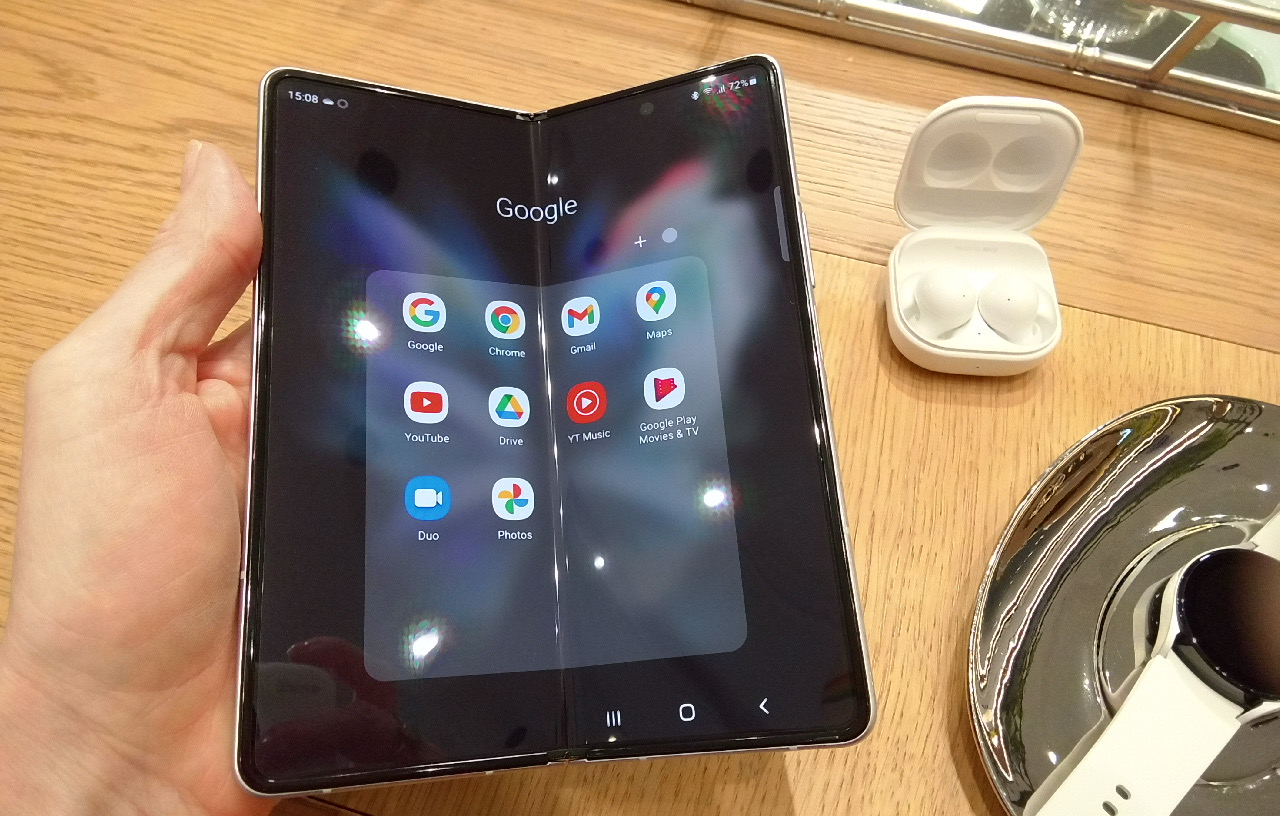
Compared to its predecessor, Bluetooth 4.2 Low Energy, Bluetooth 5.0 is twice as fast, has four times the range and can transfer eight times as much data.
If you want hard stats, we're talking a bandwidth of 2Mbps. In practice, this means speedy and reliable over-the-air connectivity, leading to faster firmware updates and data uploading.
Thanks to the greater range of around 800 feet (or 240m, up from 60m/200ft in Bluetooth 4.2), your wireless speakers and headphones should work much further away from the sound source than with Bluetooth 4.2 Low Energy. In reality, walls and obstacles will impinge on those figures slightly, but it's still a huge upgrade regardless, and it allows for whole-home coverage for Internet of Things devices such as security cameras, smart fridges, smart thermostats and more.
And because of its more efficient use of broadcasting channels on the increasingly popular 2.4GHz band, it opens the way for "richer connectionless, beacon-based Bluetooth solutions", according to the SIG. In other words, expect greater wireless connectivity wherever you go, from sports stadia to shopping centres.
You can also connect more than one pair of wireless headphones to a single sound source over Bluetooth thanks to Dual Audio, which made its first appearance in Bluetooth 5.0. If your device has the right functionality (like Samsung's Bluetooth Dual Audio feature) you can adjust the volume of each independently too – very handy for sharing during journeys by train or plane.
Bluetooth 5.0 also means that Bluetooth speakers can stereo pair (think Tribit Stormbox Micro and Ultimate Ears Wonderboom 2) with a dedicated left and right channel, but playing music from one source.
Bluetooth 5.0 can even detect interference at the edges of the 2.4GHz and neighbouring LTE bands, and automatically prevent it. This should make for clearer music listening from any wireless device.
Which devices are compatible with Bluetooth 5.0?
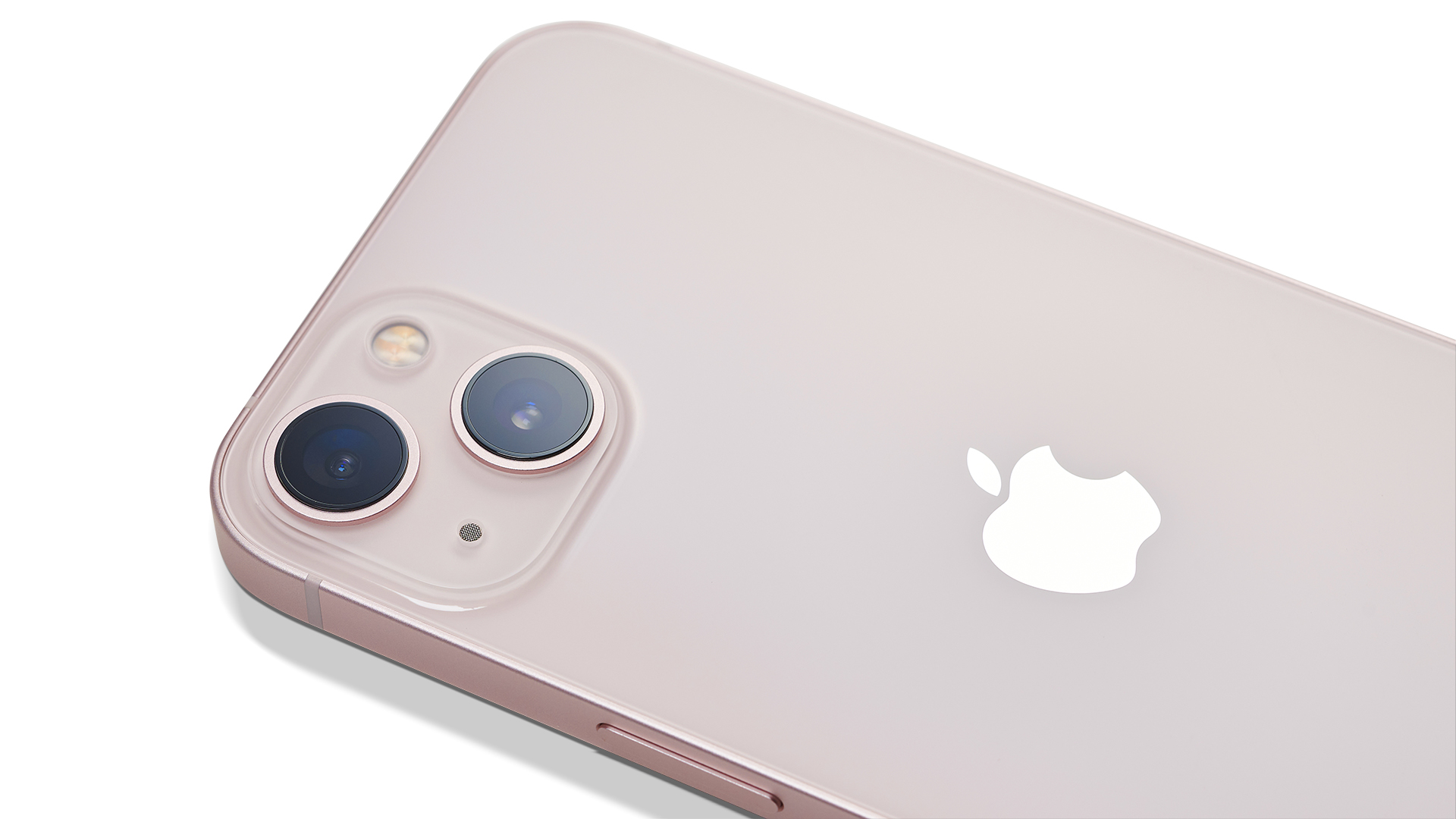
Despite being eight years old, Bluetooth 5.0 is still very common – you'll find it in every Apple smartphone from the iPhone 8 up to the iPhone 13 (but not the iPhone 14 or later, as you'll see below). It's also in several wireless headphones, including the excellent Shure Aonic Free, Apple AirPods Max and Apple AirPods 3.
The Samsung Galaxy S8 was the first phone to work with the technology in 2017, followed by the bigger Galaxy S8 Plus and Note 8 but, as you can see, they've since been joined by a plethora of smartphones.
On the headphones side, the Kickstarter-funded Anker Zolo Liberty+ was the first pair to support Bluetooth 5.0, back in 2017. And while the 2018 Apple HomePod lists Bluetooth 5.0 on its spec-sheet (as does the 2020 Apple HomePod Mini smart speaker), it definitely uses AirPlay 2 to stream music, rather than Bluetooth, and it does not show up as an available Bluetooth device. It seems Bluetooth radio is used only for set-up – and that's all.
Moving away from the Apple cart, the Bowers & Wilkins Zeppelin wireless speaker and Q Acoustics M20 desktop speaker system also support Bluetooth 5.0.
What does Bluetooth 5.1 mean?

Bluetooth 5.1, meanwhile, can be found in the JBL Flip 6, JBL Charge 5, JBL Go 3 and JBL Xtreme 3 portable speakers – and that's just for starters.
Admittedly, 5.1 is a minor upgrade compared to the leap from 4.2 to 5.0, but 5.1 lets Bluetooth devices pinpoint your location, so it is the tech that paved the way for in-app 'Find My Earbuds' features. There are also minor gains to be had in terms of quicker pairing and a reduction in power consumption, as well as slightly better handling – ie. a stronger 'available to connect' signal showing up on your device.
What can Bluetooth 5.2 do?
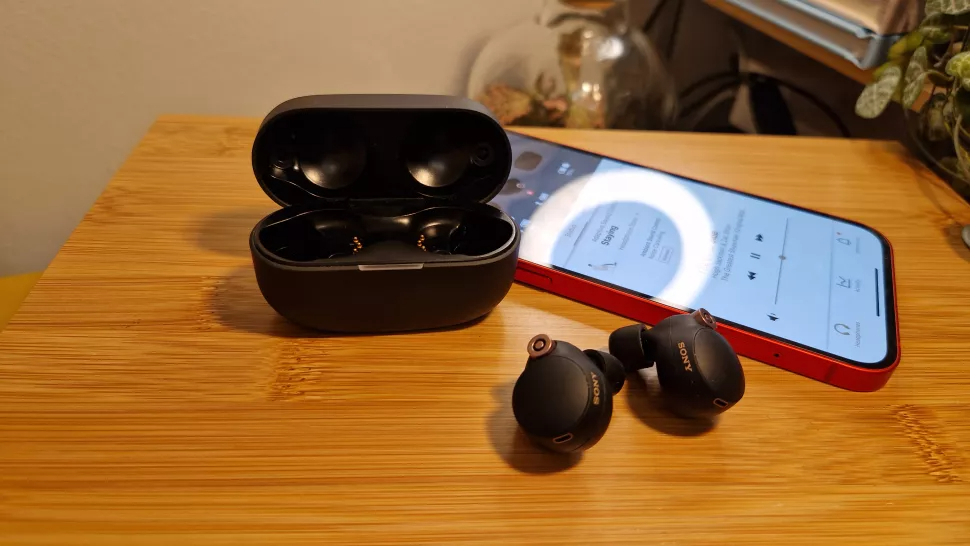
Bluetooth 5.2 can be found in 2021 and 2022 wireless earbuds including the Sony WF-1000XM4, Samsung Galaxy Buds 2 and Beats Studio Buds and smartphones including the Samsung Galaxy S22 Ultra and Samsung Galaxy Z Fold 3 5G. Bluetooth 5.2 focuses mainly on improvements to audio devices – great news! The main new idea here (along with a lot of very technical but largely extraneous information) is LE Audio, which stands for Low Energy Audio. With it, there's a new audio codec, called LC3, which boasts high-quality audio but with reduced power consumption.
Bluetooth 5.2 also allows multiple synchronised data streams. We know, we needed clarification on what that means (and why it's desirable) too. Think of your wireless earbuds: previously, only one earbud would actually connect to your phone. The second bud would simply connect to the first. But having both earpieces directly connected to your device – ie. multiple streams – not only improves the reliability of the connection, it also vastly reduces any delay or sync issues that could arise between the left and right earpieces. Other perks with 5.2 include the ability to connect two sets of headphones to one device (which was not possible before), or the option to choose which earbud you want to use – if you only want to use one today.
Finally, hearing aids are greatly improved thanks to Bluetooth 5.2. They can last a lot longer on a single charge, and engineers can make the units much smaller and more discreet.
How do you get 5.2? Well, although LE Audio operates on the same Bluetooth Low Energy (LE) radio, you do need the relevant hardware in your product – so your older earbuds aren't going to support it via a firmware update. The good news is that more recent Bluetooth 5.2 compatible headphones are likely to work with Bluetooth LE audio.
What does Bluetooth 5.3 mean?
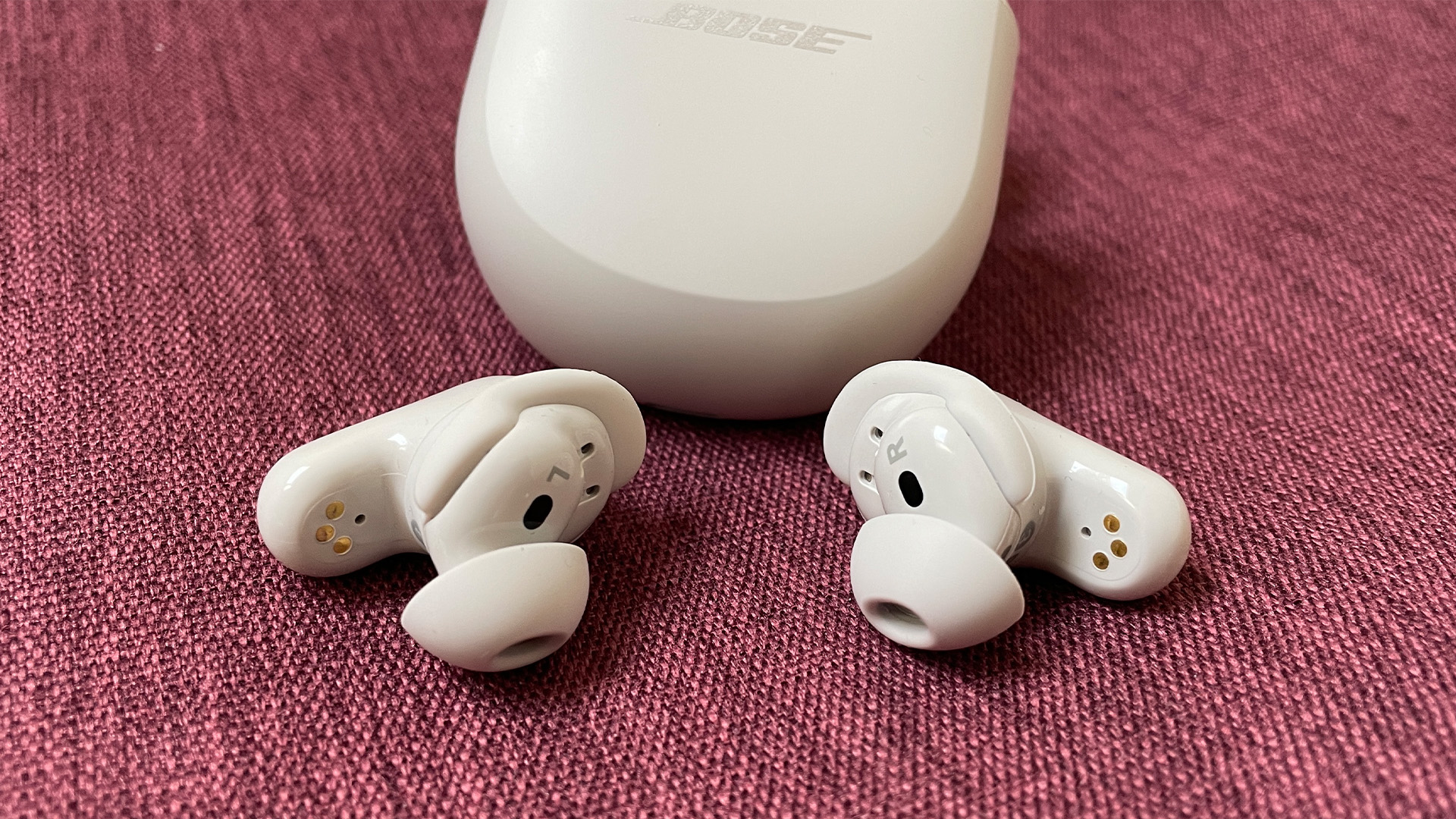
Bluetooth 5.3 is found in more recent – and premium – devices like the iPhone 15 and iPhone 16 families, Bose QuietComfort Ultra Earbuds and Apple AirPods Pro 2.
But just because a device is new doesn't mean it'll definitely have Bluetooth 5.3.
Bluetooth 5.3 is another minor upgrade, and brings four main features.
The first is called Periodic Advertising Enhancement, and it's a way of making a Bluetooth device more efficient. Without this feature, Bluetooth devices send the same data over and over again to make sure it's delivered, but Periodic Advertising Enhancement allows the device to check just once that the sent data has been received, saving energy and potentially increasing battery life.
Next, Encryption Key Size Control Enhancements. This allows a host device to specify how many characters are in a receiving device's encryption key, reducing back and forth between the two devices. Again, this should make data transfer more efficient.
The third improvement is called Connection Sub Rating, and is designed to switch more quickly between a Bluetooth device's use cases. Typically, they have two use cycles: low-duty and heavy-duty. Low-duty is for undemanding use, such as a hearing aid in general use. But if you then use that hearing aid to listen to music wirelessly or take a call from your phone, it will switch to a heavy-duty use cycle, as more demand is placed on the device. Connection Sub Rating should make these switches more seamless and less noticeable, making for a smoother user experience.
Lastly we have Channel Classification Enhancement. This makes your wireless connection more secure and less susceptible to interference by allowing devices to perform channel classification when data packets are sent via different frequencies.
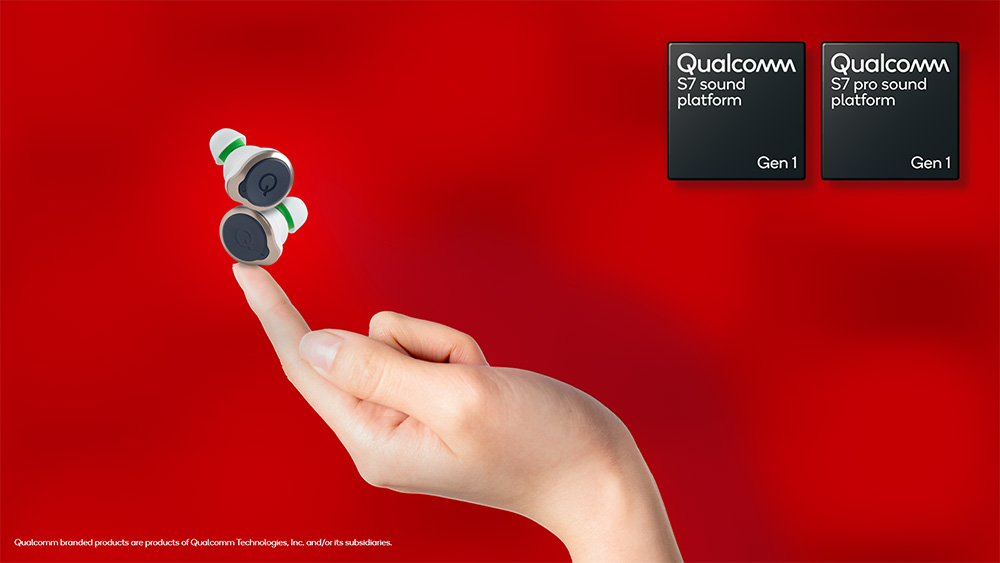
What does Bluetooth 5.4 mean?
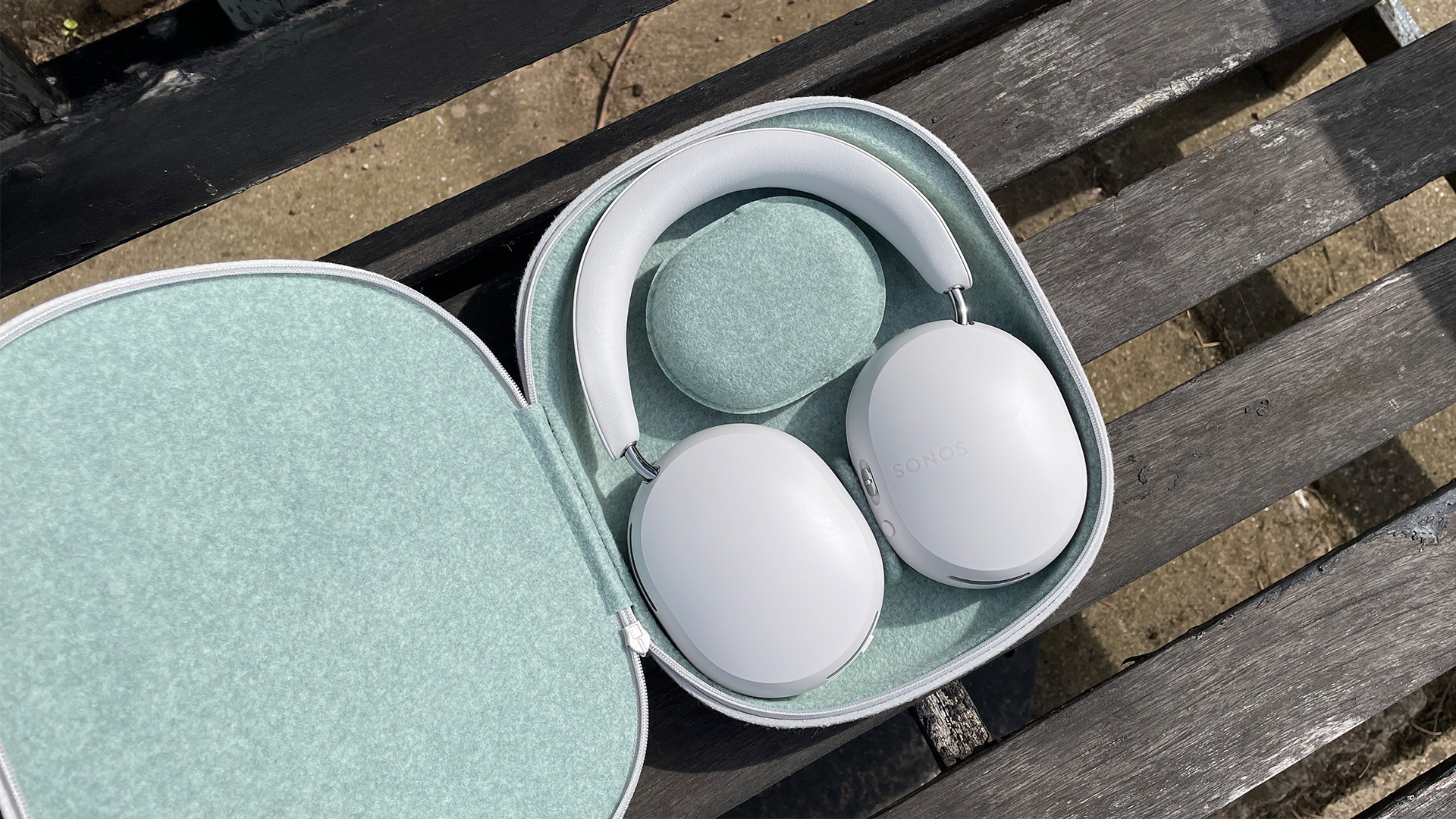
Bluetooth 5.4 is the latest version of Bluetooth, and as such we've only seen it in a handful of devices. These include the Sonos Ace headphones, Sennheiser Momentum True Wireless 4 and some Victrola turntables. (Apple's latest devices, the AirPods 4 with ANC and iPhone 16, stick with Bluetooth 5.3.)
This version does include some improvements, but they don't relate to music listening. Periodic Advertising with Response (PAwR) lets a Bluetooth access point connect and communicate with multiple end nodes bi-directionally. This wasn't possible with previous versions of Bluetooth. It's a retail feature for use in shops, as is Electronic Shelf Label (ESL) profile – this uses PAwR to allow shops to monitor and change electronic labels on different products remotely. Lastly comes Encrypted Advertising Data, which uses a standardised method of encryption to keep data secure in advertising.
Will Bluetooth be replaced?
Not any time soon. Recently, talk has started of wi-fi replacing Bluetooth as the go-to wireless technology for connecting local devices. And the talk is justified: wi-fi already has greater range and bandwidth than Bluetooth, which could soon offer higher resolution streaming. However, this is likely a way off. And even if wi-fi does take over the bulk of the wireless work, Bluetooth would still need to stick around as a backup if the headphones wearer strayed out of wi-fi range. So we'll be using Bluetooth for a while yet.
Does Bluetooth 5.0 improve audio quality?
No, it doesn't. A pair of wireless headphones that use Bluetooth 5.0 won't sound better than a pair that use Bluetooth 4.2 – or rather they might, but it won't be because of their Bluetooth version.
But while the Bluetooth version doesn't affect sound quality, it does make a huge difference to the headphones' feature set. So headphones with later Bluetooth versions can have longer-lasting batteries, greater range, and features like Multipoint which lets you switch seamlessly between wireless devices without having to re-pair each time.
They can also have greater bandwidth, which can enable codecs like aptX HD, a Bluetooth codec capable of wirelessly transmitting higher-resolution audio. So while a later version of Bluetooth doesn't mean better sound quality, it can enable it through its more capable feature set.
Is 5.1 or 5.2 Bluetooth better?
Each version of Bluetooth builds on the one that came before it, so of course 5.2 is better than 5.1 Why? It adds three key features: Enhanced Attribute Protocol (EATT), Low Energy Power Control (LEPC) and Isochronous Channels.
EATT allows audio from two apps to play simultaneously while also reducing lag. LEPC optimises power usage by monitoring how far away Bluetooth devices are from each other, making for better signal quality and a more robust wireless connection. And Isochronous Channels? This allows audio to stream to each earbud individually, rather than one earbud relaying the connection to the other, so you can listen through one earbud while charging the other.
Is Bluetooth 5.3 lossless?
Sadly not. Wireless Bluetooth doesn't have the bandwidth to handle truly lossless files, so no wireless headphones could be described as lossless as compression always plays a part. Though this could soon change...
In 2022, Qualcomm announced two wireless audio platforms that could support lossless 16-bit/44.1kHz (CD-quality) Bluetooth transmission. With Apple and Sonos reportedly looking at ways to transmit music wirelessly to headphones (even if it means ditching Bluetooth altogether), and Qualcomm's recently unveiled S7 and S7 Pro Gen 1 chipsets promising higher resolution streaming over wi-fi, we might not be far away from the promised land of truly lossless listening without wires, whichever route we take to get there.
MORE:
Consult our check-list of 7 things to consider before buying a Bluetooth speaker
See the best Bluetooth speakers
Now read up on aptX HD Bluetooth: What is it? What devices and headphones support it?







